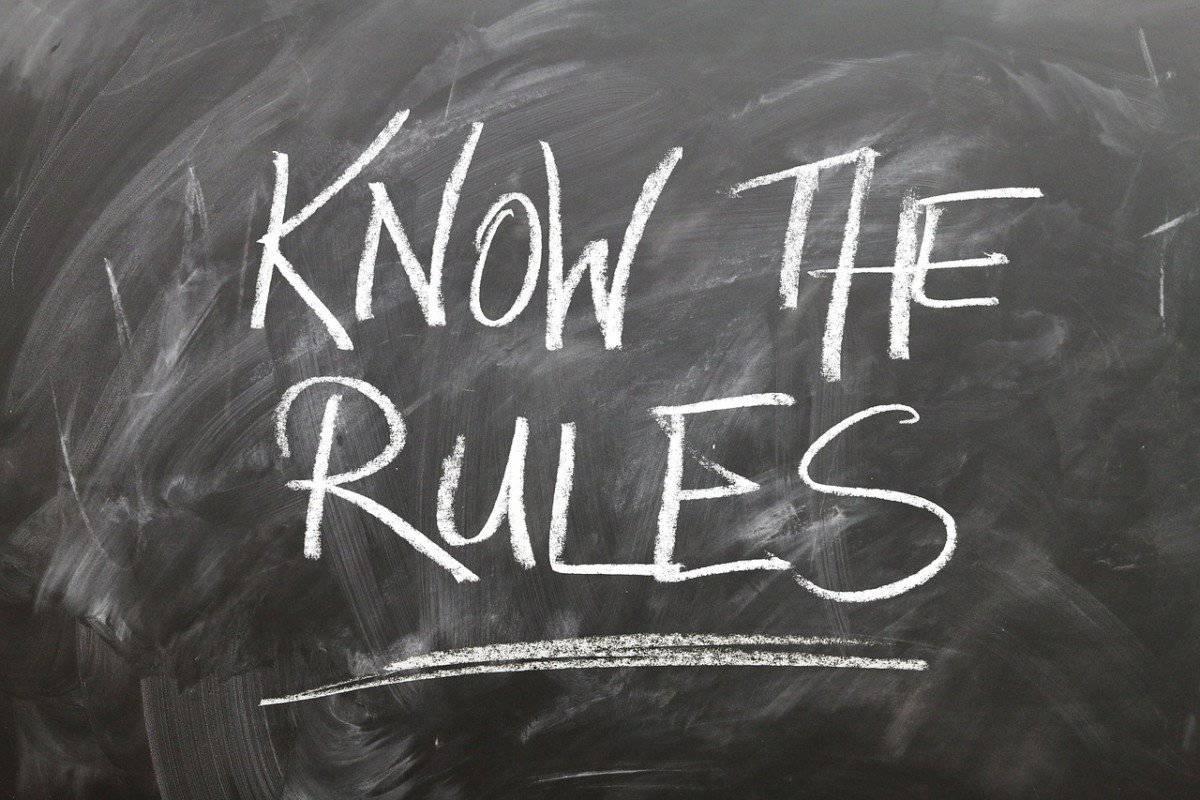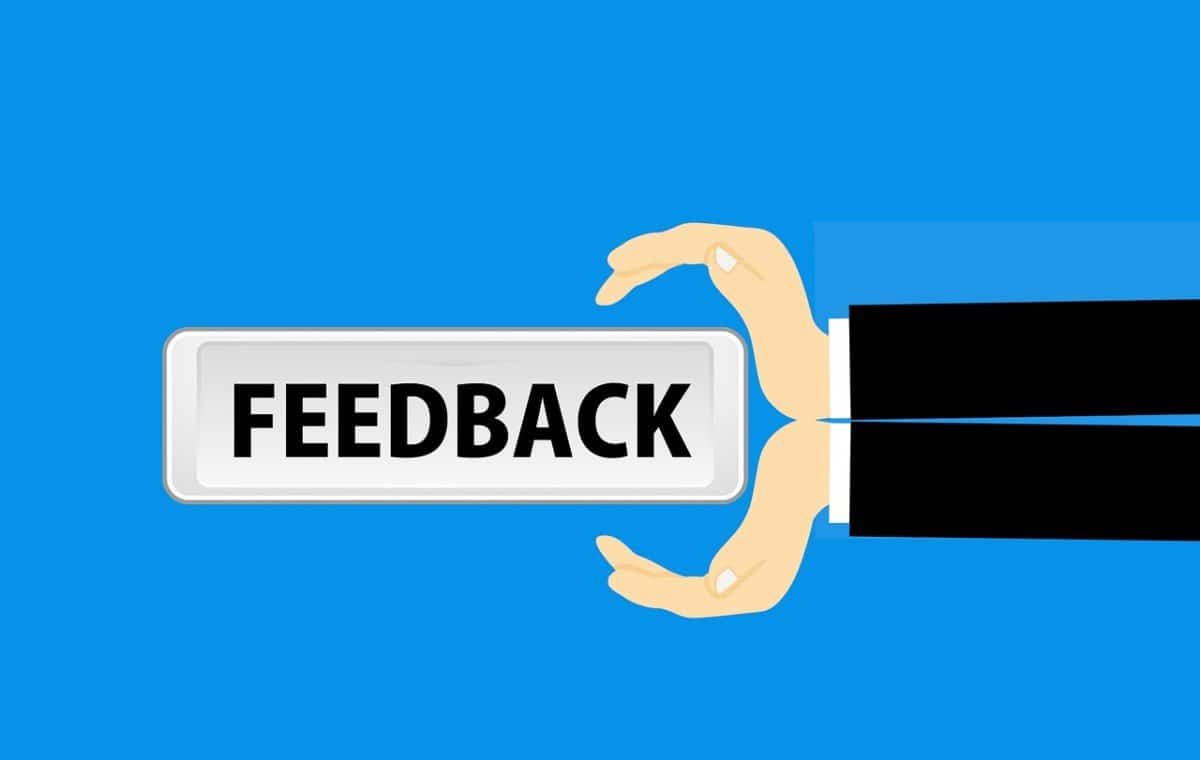Positive reviews and feedback are a key component to success on Amazon. A great email follow-up sequence makes this process easier and more effective.
Every Amazon seller has to work hard to get sales because the marketplace gets more and more competitive all the time. Targeting higher conversions is the main goal, but did you know that reviews and feedback play an important role here? They help boost your product and brand so you get more sales by:
Positive reviews and feedback are a key component to success on Amazon. A great email follow-up sequence makes this process easier and more effective.
Every Amazon seller has to work hard to get sales because the marketplace gets more and more competitive all the time. Targeting higher conversions is the main goal, but did you know that reviews and feedback play an important role here? They help boost your product and brand so you get more sales by:
- adding credibility
- generating higher visibility
- increasing your sales rank
The most successful sellers know that they need to maximize each sale to get returning customers, encourage organic shares, and collect positive reviews and feedback. Every customer – and each review and piece of feedback they leave – holds greater value with each passing day.
Let’s take a look at some statistics on reviews and sales:
Review Rates and Conversions

A typical benchmark for reviews is a 5% rate. This means that on average, you’ll get one review out of twenty sales. It’s not a huge number, and this is because it’s simply not a priority for customers. Most people are too busy to take the time to leave a review. They have better things to do. Sometimes, they are put off doing it because of annoying seller emails.
The goal here is to meet at least that 5% benchmark and increase it by optimizing the process. You don’t want to just encourage customers to leave you positive feedback and reviews, you want them to want to do it. You can’t fast-track the process by incentivizing reviews because it’s no longer allowed. You can, however, create a quality email follow-up sequence that helps grow your bottom line.
The Value of Email Follow-Ups
The best way to get as much value as possible out of each sale is to keep in touch with customers after their first purchase. And since you can no longer use a review service to do this, an optimized email follow-up sequence is the way to go.
Not convinced?
A 2016 Campaign Monitor study showed that sellers who spent on email marketing were getting $44 back for every $1 spent. That’s a huge ROI that you won’t see for most other marketing strategies. And you can be sure that the numbers are even better now, and will only get better as more people are moving switching over to online shopping, particularly on mobile, which shows higher open rates versus desktop.
Besides the immediate ROI, customer communication also creates lifetime value. Great email follow-ups encourage customers to buy again and again, increasing their value to your company. This is a great reason to invest more time and attention in optimized email marketing. Moreover, having created relationships with customers, you can more easily get positive feedback and reviews from them. This, in turn, works towards even better conversions beyond these customers.
Effective Email Marketing
Amazon has a lot of rules about everything, including customer messaging. It’s gotten even more strict since so many sellers moved from using review services to sending email follow-ups. But even a small slice of that astounding ROI we just talked about is well worth the effort to set up an email campaign for your business that meets Amazon standards.
So let’s look at the basic components of an effective email marketing strategy, then how to adjust that a bit further to stay on good terms with Amazon.
Basic Email Guidelines
.
(1) Don’t use that same old boring and annoying regurgitated after sales email that is all about YOU.
This customer just bought something from you. You should be thanking them and not asking them to do you a favor. And in this online world, customers already know that you want a review. But they’re busy with a ton of other, more important emails. They might not have even had a chance to use the product yet.
(2) Go to the competition to get a head start with ideas that already work.
There is very likely at least a few other sellers out there who are selling similar products to yours, even if you are a Private Label seller. Look over the listings that are doing well, buy a few products from different well-established sellers, and pay close attention to their email follow-ups. Take some notes and improve on the emails to build your own strategy.
(3) Get the right message in front of the right person at the right time.
Particularly if you’re using an automated sequence, you need to be careful to make sure that your emails are relevant to each customer. You also need to make sure that you’re not interrupting them at inconvenient times of the day, or sending them a message that’s going to get buried in a pile of other emails and ignored. Respect the privacy of the inbox and you won’t alienate your customers.
(4) Don’t flood your customer’s inbox.
Limit your sequence to a few, value-packed messages, ideally just three. Any more than that and you’ll produce a negative impact.
(5) Define each email’s purpose.
Rather than trying to hit too many birds with one stone, which only confuses and frustrates people, construct more targeted messages, each with one clear call to action. Think also about how each email ties into the next one so that you have a smooth flow. This will help you with the longer-term goals of your campaign.
(6) Always test, monitor changes, then make adjustments and repeat the process.
You must test your process at each level, or you will have no way of knowing how much more effective it can be. And you should do your own tests because there are differences in your products and business. You can’t just copy and paste someone else’s successful solution and expect it to work exactly the same way for you..
Amazon Email Best Practices
.
Amazon scans all messages to make sure sellers aren’t trying to manipulate the review process. To be effective and avoid reprimands and sanctions, here’s a few tips about how to do your email follow-up sequence:
(1) Don’t specify that you want positive feedback or reviews.
Amazon prohibits language that solicits only positive reviews. Of course, you want to encourage customers to leave positive comments, but you can’t say that straight out. Instead, make sure first of all that you provide a quality product and stellar customer service. Then simply ask for feedback and reviews without telling them to do it only if they like you and your product.
(2) Don’t make suggestions as to what the customer should say.
Similarly, don’t try to sway the customer’s response by suggesting what they should say about you or the product they just purchased. Just ask and leave it up to them what to write, otherwise Amazon may slap you for violating their policy.
(3) Don’t ask for reviews when customers made a purchase using a coupon or discount promotion.
Asking for feedback and reviews after running a promotion can be misinterpreted by Amazon as incetivization. It’s super hard to appeal to Amazon after being penalized, so just avoid doing it to be safe. Otherwise, your product page could get delisted and you’ll lose more than a potential review.
(4) Don’t do anything outside of the scope of that particular order.
Limit your emails to what’s relevant to that specific order that the customer places. This means no upsells, even if it’s a related product. Don’t put any links in your emails either, except a link to how or where they can leave feedback or a review. This includes links to other Amazon pages.
(5) Use language that supports your customer service efforts.
Amazon is all about the customer, and its messaging system was built specifically for seller to provide customer service. When using the system to send email follow-ups, make sure that phenomenal support is always front and center. (As above, don’t make it about you.) Provide information that is useful to them in relation to the product they purchased.
(6) Don’t be repetitive.
Amazon already emails customers with shipping updates and to ask for reviews. Don’t email them again unless you have something more to say – and make sure it’s something they’ll want to know.
3 Email Follow-Up Types
There are three basic types of email follow-ups. They target customer support, review requests, and repeat orders. Each of these email types has three purposes in common: encourage positive ratings, reduce negative ratings, and add value for the customer. The key is to find a good balance so you can achieve the 5% or higher benchmark, and with all positive ratings, to boot.
Customer Support
.
It’s always a good idea to check in with customers to make sure they had a good experience shopping at your store. Here are a few things you should not fail to do in your emails:
- Thank the customer for their purchase.
It’s a very simple thing to do that will make your customer feel good about buying from you. Even that small gesture can result in positive feedback and reviews.
- Ask the customer if they’re happy.
You want to know if the customer is happy or not with you and their purchase – ideally before they give feedback or post a review. This way, if they are not happy, you can at least offer to do something about it right away and minimize the negative impact. Customers can change their feedback and reviews, but having one or two stars up there for even a few minutes can turn away traffic that would otherwise have become new customers.
If it turns out they are happy, then you’ve improved your chances of getting a positive review, and will probably get a better one than what the customer was originally planning to give.
- Welcome the customer to your brand.
Make the customer feel like they’re valuable contributing members of your brand by sharing a little bit of your brand story. Making them a part of your journey can make them feel special and encourage them to push forward with you. It’s a great way to build loyalty and get repeat sales.
Sample Email #1: Thank You and Check-In
Send this email 1-2 days after order delivery to establish rapport with the customer and gauge their satisfaction level.
Hello [buyer-first-name],
Thank you for purchasing our [product-name]! Here’s a [value-add-pdf] to help you make the most out of it.
Have an issue or questions about your new [product-name]? Let us know and we’ll quickly reply with help!
We are a [brand-story-value]. We want to make sure you have the best experience with your purchase.
Welcome to the [brand-name] family!
[owner-name]
Owner – [store-name]
Review Request
.
Feedback and reviews are hard to come by, let alone good ones. And it isn’t just about 5-star ratings. It’s the detailed comments highlighting the customer’s positive experience with the product that really matter. The rating may be what Amazon’s algorithm uses to boost your rank, but the words are what persuade browsers to get off the fence into your side of the yard.
To get more, you have to ask. Sometimes you’ll get one organically, but only because a customer had a really great experience. But not every happy customer immediately logs on to Amazon, clicks through to the right page, and types out the details.
Remember, however, not to push too hard. Make your review email light and easy, and never spam customers. Start off on a positive note and give them the exact link that they can click on to take them straight to where they can leave a review.
Sample Email #2: Review Request
Send this email 3-4 days after the thank-you email to touch base and ask for a review while the product is still fresh in the customer’s mind.
Hi [buyer-first-name],
It’s [owner-name] from [company-name]. I wanted to make sure that you’re happy with your [product-name]. Please let us know what you think – we live to read your comments! Other shoppers will also find your views helpful.
[seller-feedback-link]
[product-review-link]
If you’re not satisfied, please hit reply and let us make it right.
Take care,
[owner-name]
Owner – [store-name]
Repeat Order
.
You may be selling a consumable product or something that a customer might want to buy for family and friends. Don’t miss the opportunity to create lifetime value by encouraging them to buy from you again.
For consumable products, determine when a customer is likely to need more of it and time your follow-up appropriately. For other products, give them enough time to realize how great it is, and then follow up. It’s also a good idea to keep special gift-giving days in mind while mapping this out. And consider offering a coupon on re-orders.
Sample Email #3: Re-Order Prompt
Send this email when the time is right for the customer to place another order so you can lock them in before they find another seller.
Hi [buyer-first-name],
This will be the last email from us about your recent purchase. I just wanted to make sure you’re all set with [product-name].
We really appreciate your business! If you’d like another one or want to share one with a friend, we’re offering this [coupon-name-and-details].
If you have a minute, we’d like to hear your thoughts:
[seller-feedback-link]
[product-review-link]
If you already have, THANK YOU!
Amazon sellers like [store-name] thrive on customer feedback and reviews.
As always, if you have any questions or need help with your [product-name], please email us so we can resolve any issues.
We are here to help!
Take care,
[owner-name]
Owner – [brand-name]
Final Thoughts
.
Starting with manual email follow-up is a good idea to get a feel for your customers. You can then move to an automated email sequence once you’ve got a good formula going. To get ahead of the game, you can tweak templates to suit your business and set them up to auto-send. Don’t forget to do split tests to see which ones work best for you.
As you get better at email follow-up sequences, you might want to try juicing up your emails a bit more. Add useful tips about how to use the product to increase the message’s value. You can type them out in the email or add them as an attachment that customers can download and save to look back on.









